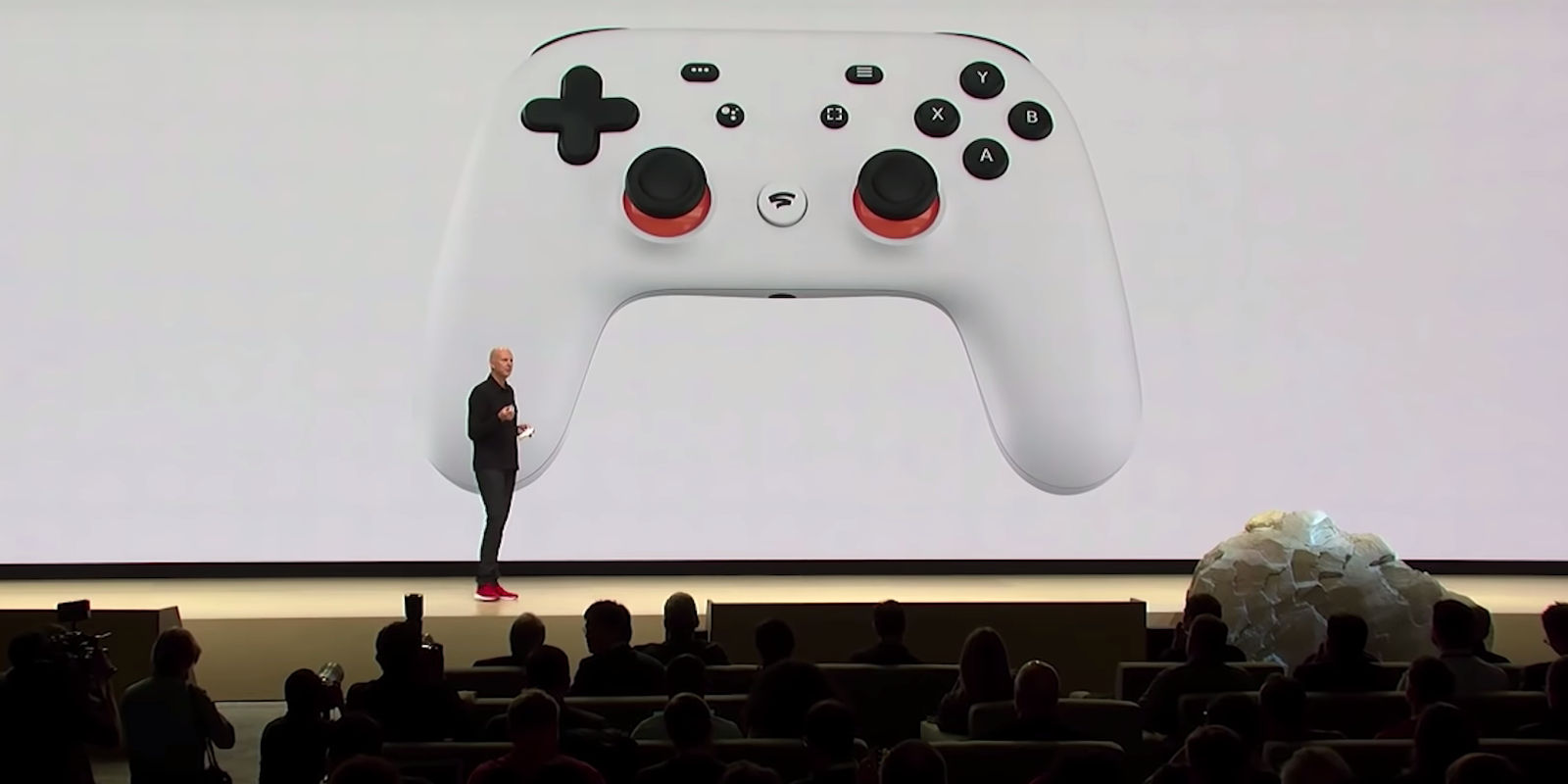Google recently announced a new product—as they so love to do—called Google Stadia, which was formerly known as Project Stream. It will be a subscription service that streams video games to any device that supports the desktop version of Google Chrome.
How does Google Stadia work?
Instead of playing video games directly on your own computer or gaming console, Google Stadia plays the video games on Google's servers but uses your inputs to direct the gameplay. It's like playing your friend's Xbox One from the comfort of your own home, except your friend is now Google and the system now runs on enterprise-grade hardware.
A lot of people are rightfully skeptical about all of this, but here are five reasons why I'm hopefully looking forward to Google Stadia.
1. No More Chasing Hardware Upgrades
I've been behind the gaming curve for many years, mainly because I don't have the hardware to play the latest games. To give you a sense of where I'm at: the last gaming console I owned was a Nintendo 64 and my last "gaming PC" struggled to play Dota 2 on potato settings. I lost that PC in a fire, and now I only have a Chromebook, iMac, and MacBook Pro for work.
I don't want to worry about the gaming hardware treadmill, and if all goes well, Google Stadia will free me from that. For once I may be able to play next-level games on Ultra settings and experience what everyone else has been experiencing for the past several years. Yes, please!
2. If Anyone Can Pull It Off, It's Google
Google isn't the first to spearhead a stream-to-play platform like this. We saw OnLive debut in 2012, GeForce NOW enter beta in 2013, and GameFly Streaming launch in 2015, all of which offered a similar cloud gaming service with streamed gameplay.
But OnLive and GameFly Streaming were both acquired and then shut down by Sony Computer Entertainment and Electronic Arts, respectively. GeForce NOW has been in development hell for years now. Other cloud gaming services haven't taken off.
What makes Google different?
For one, Google launched Stadia Games and Entertainment, a branch that focused on designing and optimizing games for Google Stadia.
But more importantly, Google has built a global content distribution network over the last 20 years, with cloud servers located near most major metropolitan areas served by Stadia, including Los Angeles, Montreal, London (and more around the world). This will be huge for minimizing latency for Stadia players, and we know that latency is the main bottleneck for a cloud gaming service.
3. The Stadia Controller Reduces Input Lag
Speaking of latency as a bottleneck: even though Google Stadia video games will be able to be played with a wide range of supported controllers, keyboards, and mice, there's an excellent reason to prefer Google's Stadia controller.
Instead of pairing with your local device, such as your computer or your Chromecast, the Stadia controller has built-in Wi-Fi that connects directly to Google's servers. This means inputs don't have to be routed through a paired device, shaving off precious milliseconds and reducing latency. This alone gives Google Stadia more of a chance to succeed than previous or contemporary attempts at cloud gaming.
4. Stadia's Beta Experiences Weren't Bad
TechRadar was able to test Project Stream, and while they weren't overly impressed, they weren't completely turned off either. As expected, there were a few performance issues that may be unacceptable for hardcore purists, but it's certainly playable:
Across the board, we'd describe the experience as at least playable. The highly dated Chromebook hardware didn't hold it back from playing. The biggest issues come from a bad connection: if the connection speed drops, so does the game quality, with lower resolutions, latency, and far more noticeable compression.
That said, in our experience, the visual degradation came before the latency, so we were able to continue battling enemies smoothly even if they started to look like ghostly swarms of pixels.
Overall, the graphics were fairly good throughout, especially when playing on a high-bandwidth connection using ethernet cables. Colors, shadows, and anti-aliasing look fine, and the frame-rate seems to vary between 30 and 60fps.
What gives me hope is this line:
Keep in mind this was without the dedicated hardware Google has now introduced.
Between an imperfect gaming experience and a non-existent gaming experience (due to outdated local hardware), I'm happy to accept a few flaws and quirks—as long as the price is right.
5. It's Coming Soon
Google hasn't announced pricing plans or launch dates yet, but we know they're aiming for later this year. If Google stays true to their word, we're talking a maximum wait of 9 months—and that's not very long in the grand scheme. Expect more information toward the summer.
How do you feel about Google Stadia? Are you going to hop in as an early adopter, or are you going to wait a few years, or will you ignore it altogether? Let me know in the comments!
